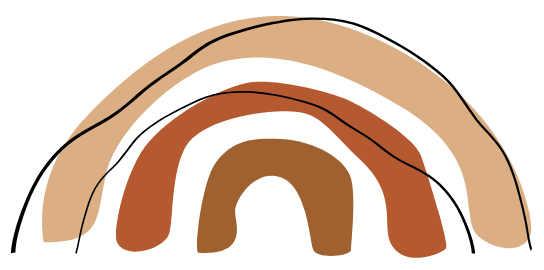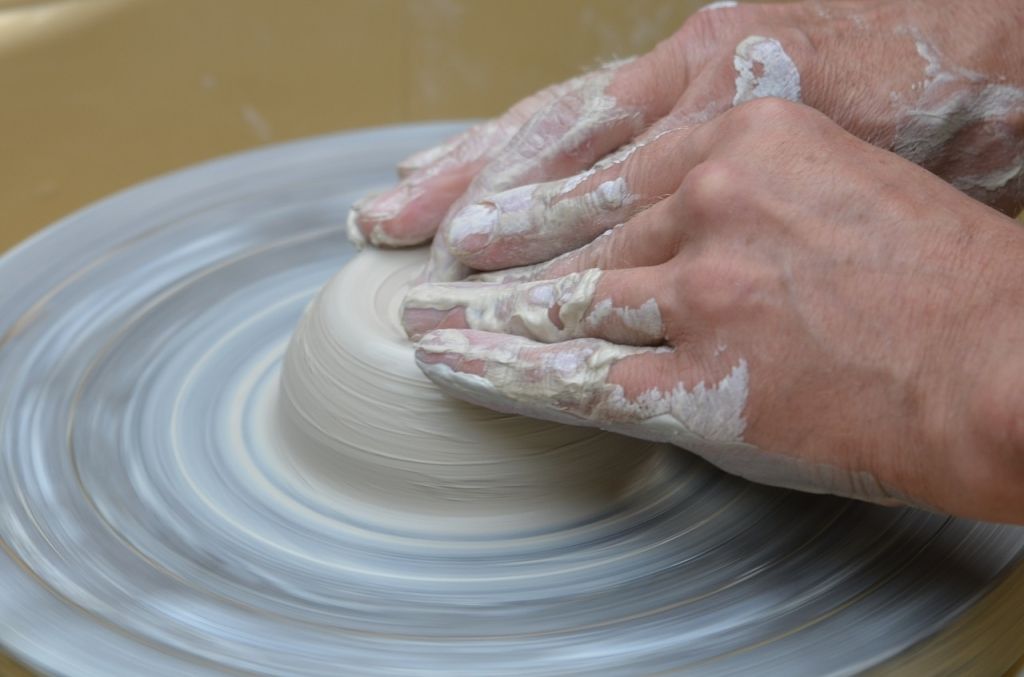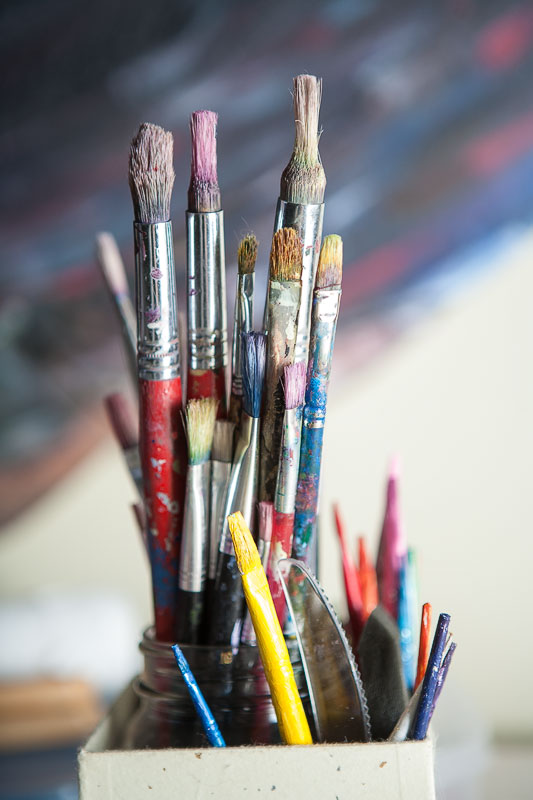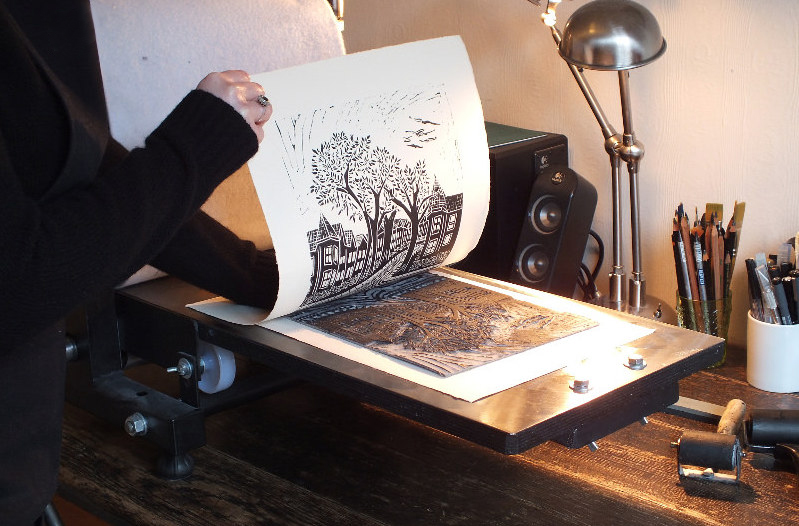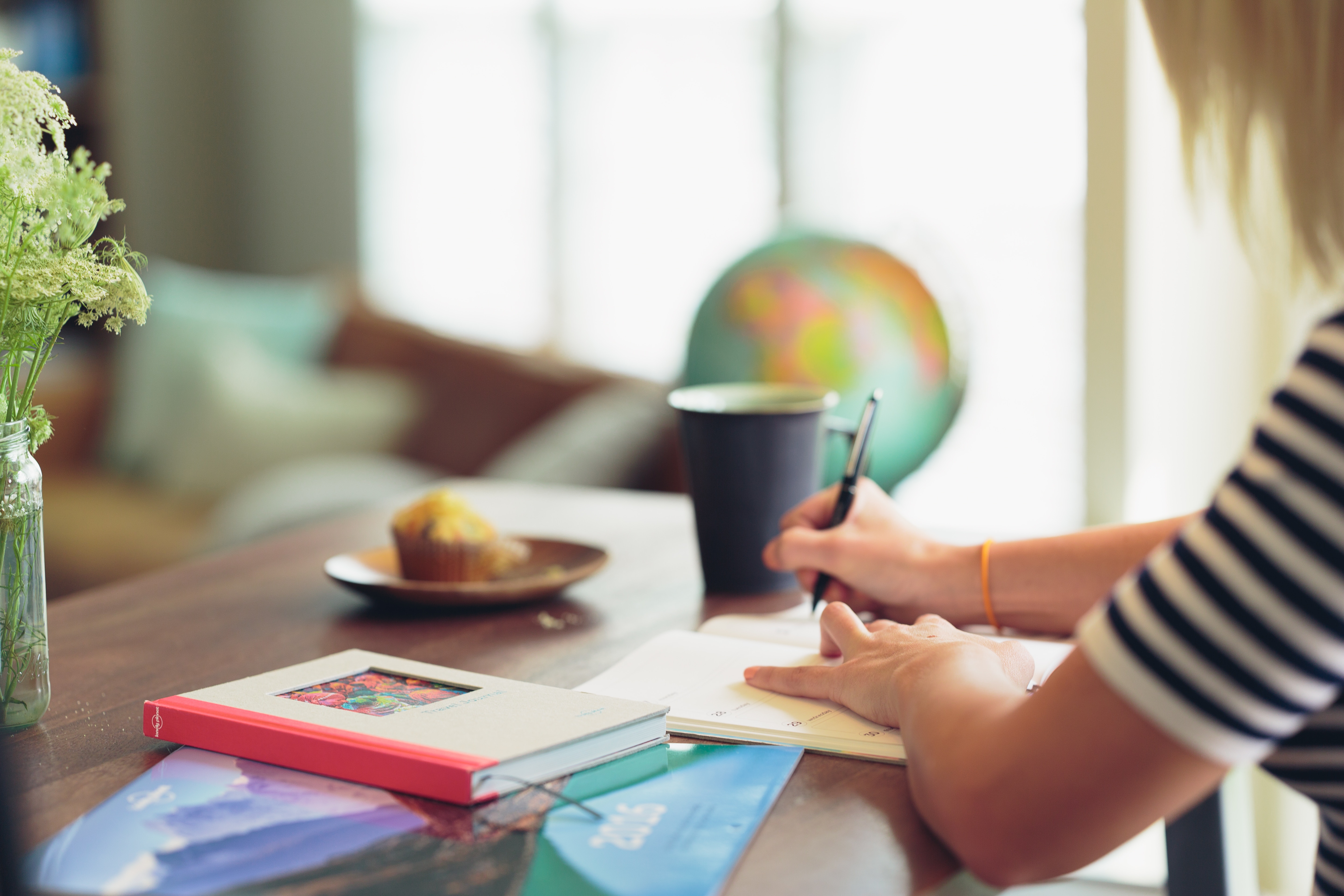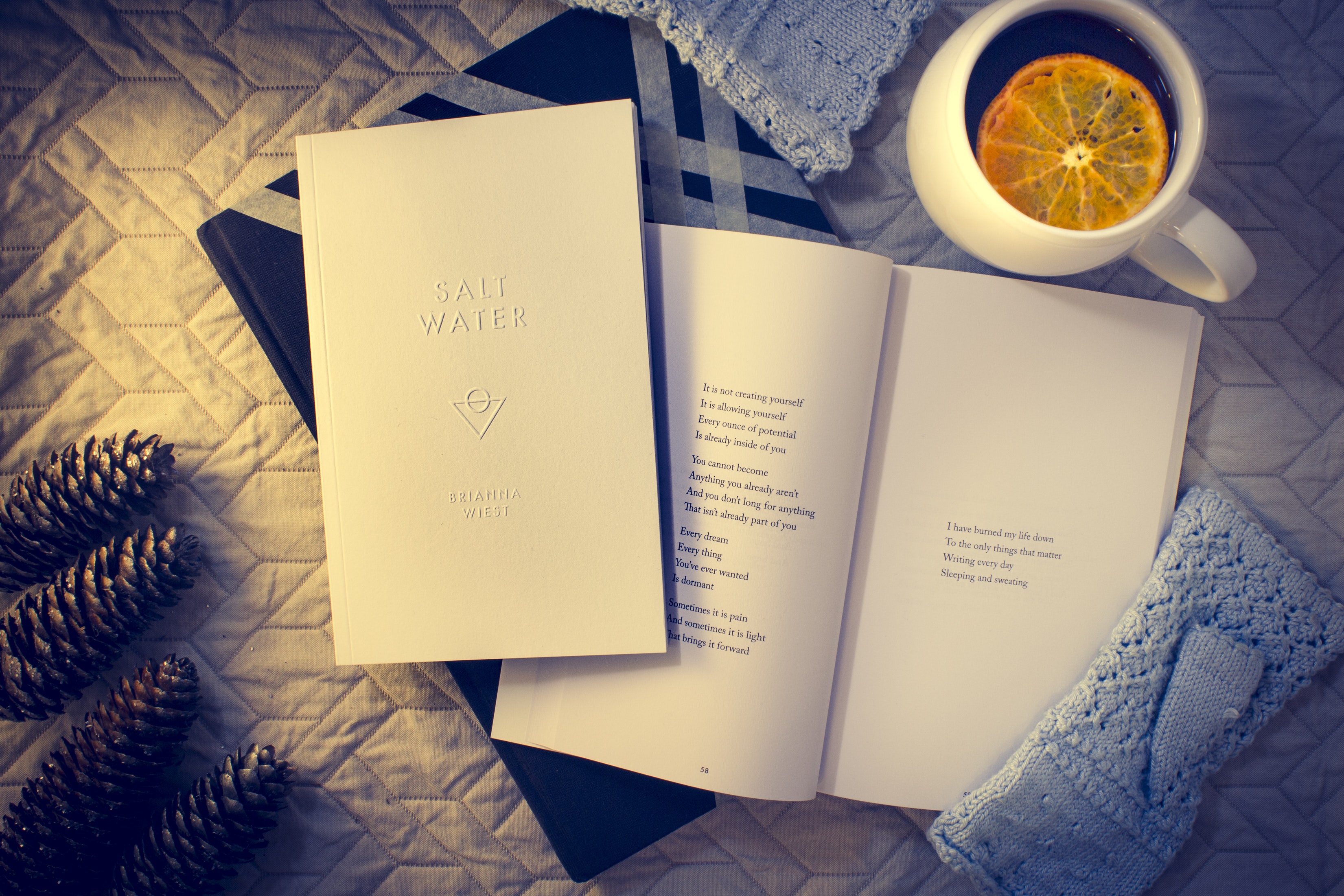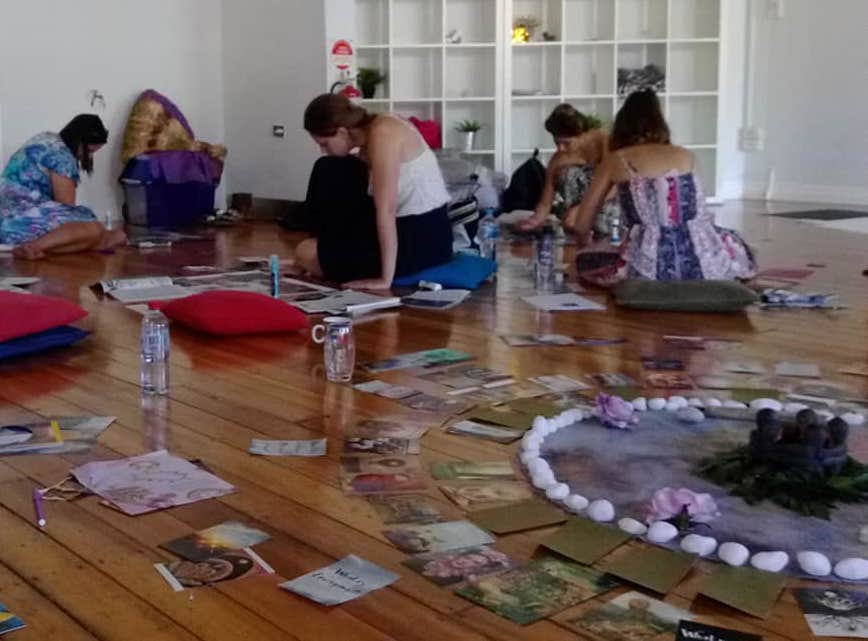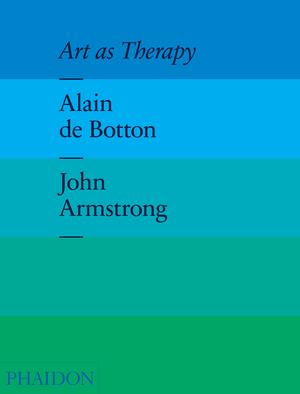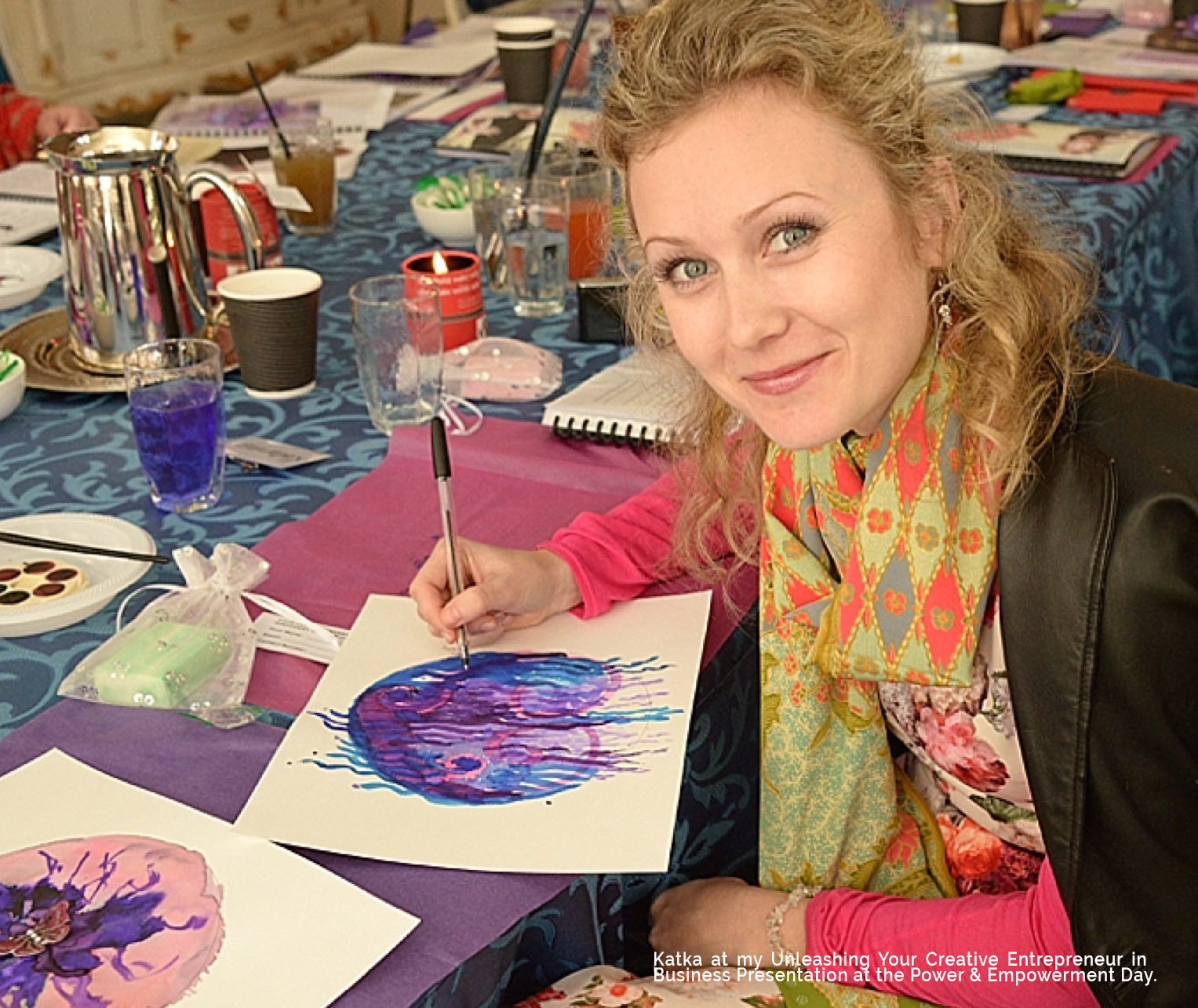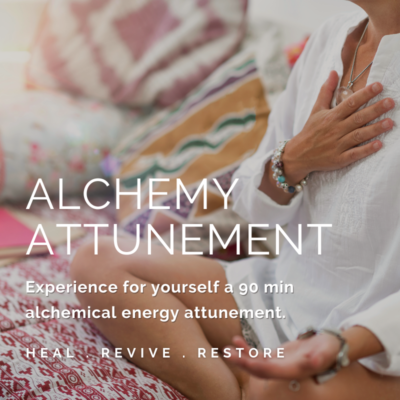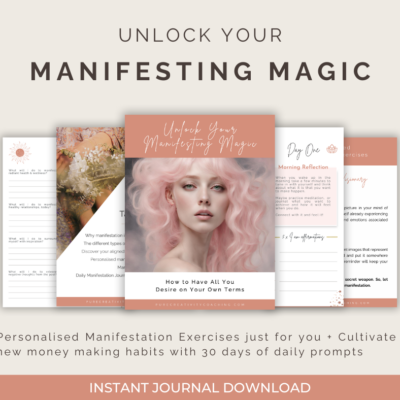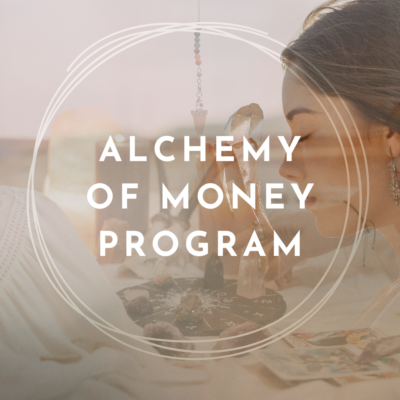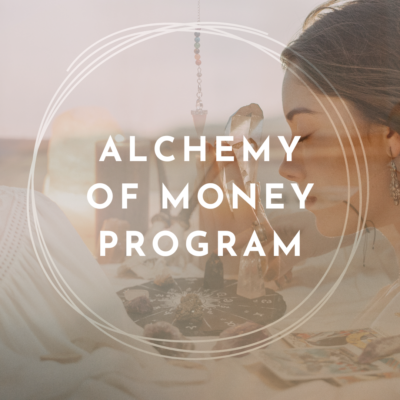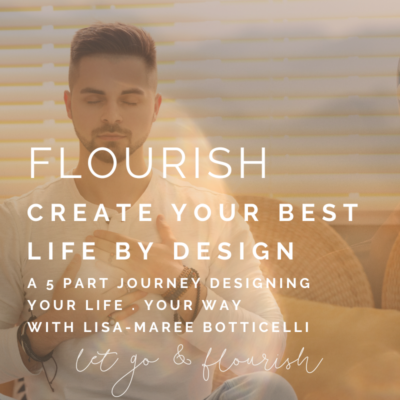
How to Let Go of the Past
How to Let Go of the Past When All You Want to Do is Hang On!

Lisa-Maree Botticelli
Mindset & Wealth Coach
Why Is It Important to Let Go of the Past?
Melody Beattie in her book, ‘The Language of Letting Go’, talks about working through issues from within your family of origin, as a way to learn how to love and respect yourself. If you’re someone who puts others first before yourself, then, setting boundaries is a really important first step towards self-care.
Have you ever been in a situation where you wanted to say, “No” to someone, but were afraid they would get angry with you? There are three important tools to getting over the stress of saying, “No,” so that you can take better care of yourself in your important relationships.


‘Finishing our business from the past helps us form new and healthier relationships’.
MELODY BEATTIE

Why Work Through Personal Issues?
Melody Beattie says, “The more we work through our family of origin issues, the less we will find ourselves needing to work through them with the people we’re attracted to. Finishing our business from the past helps us form new and healthier relationships.
The more we overcome our need to be excessive caretakers, the less we will find ourselves attracted to people who need to be constantly taken care of. The more we learn to love and respect ourselves, the more we will become attracted to people who will love and respect us and who we can safely love and respect.
How to Let Go of the Past
This is a slow process. We need to be patient with ourselves. The type of people we find ourselves attracted to does not change overnight. However, part of learning to love and respect ourselves begins with setting boundaries, and is the number one tool for improving your overall wellbeing.
Family Therapist, Sarri Gilmore’s insights on the importance of setting good boundaries begins with listening to your inner compass as a way for making decisions that support your self-care. She says this is the best guidance for learning when to say “NO” and discover when saying “YES” would leave you stressed and ignoring your own needs. In this video, Sarri shares stories and tools to strengthen your boundaries. Click PLAY to watch the video, ‘Good Boundaries Free You’. After watching the video, scroll down to LEARN THREE TOOLS FOR LETTING GO OF THE PAST.
Learn These Three Tools for Letting Go of the Past
Being attracted to dysfunctional people can linger long and well into recovery. That does not mean we need to allow it to control us. The fact is, we will initiate and maintain relationships with people we need to be with until we learn what it is we need to learn—no matter how long we’ve been recovering. However, a first step on the path to recovering from relationships that no longer serve you is to set boundaries. Here are three important tools to help you:
1. Let Your Inner Compass Guide You
There’s something magical about reaching that point of becoming ready to set a limit. Your Inner Compass will guide you, so paying attention to this inner voice will help you to develop trust in yourself. We know when we mean what we say; others take us seriously too. Things change, not because we’re controlling others, but because we’ve changed.”
2. Saying “No.”
No matter who we find ourselves relating to, and what we discover happening in the relationship, the issue is still about us, and not about the other person. Learning to say, “no” to people who are unhealthy for you will eliminate the brief stress of setting a boundary.
3. Changing Your Beliefs
Boundaries emerge from deep within. They are connected to letting go of guilt and shame, and to changing our beliefs about what we deserve. As our thinking about this becomes clearer, so will our boundaries. Boundaries are also connected to a Higher Timing, than our own. We’ll set a limit when we’re ready, and not a moment before. So will others.
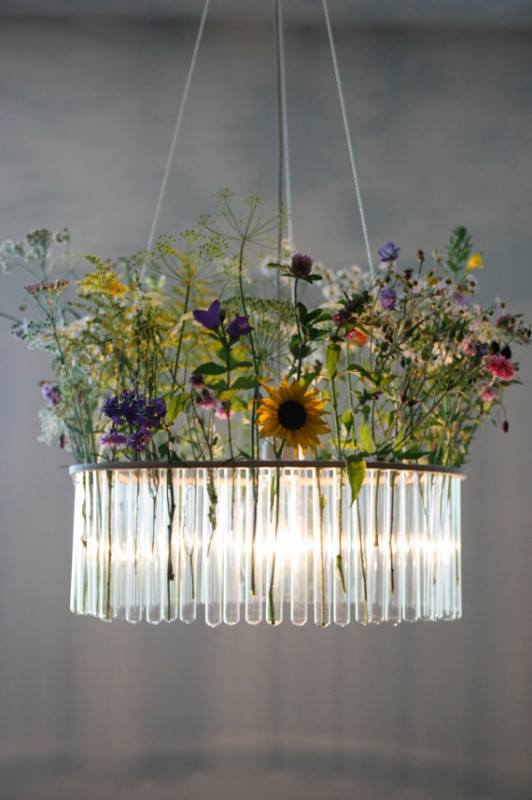
“Things change, not because we’re controlling others, but, because we’ve changed.”
MELODY BEATTIE
